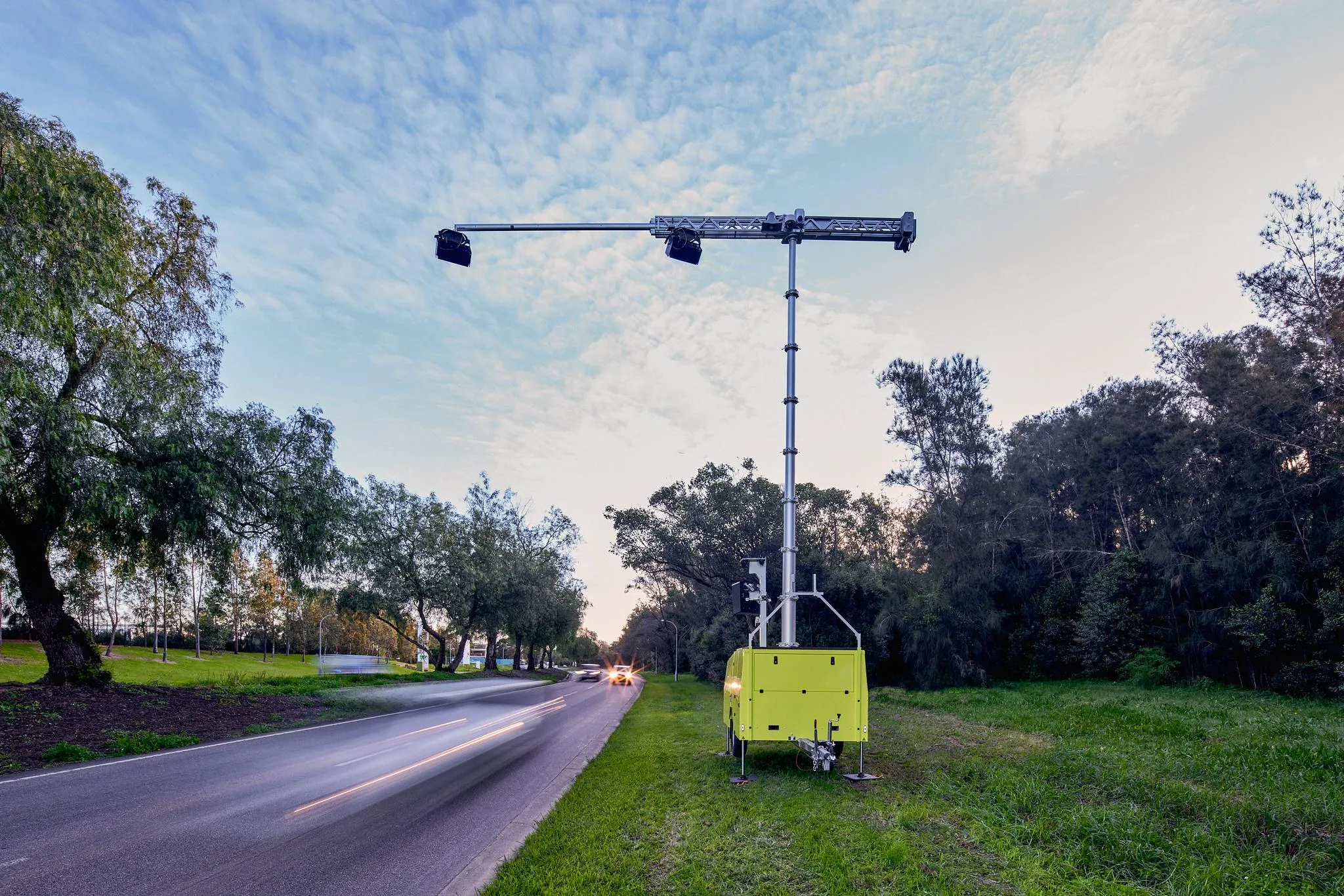An increased number of intersection crashes is expected in many parts of the US and Europe. Precisely why this is so is not clear, but the period before the end of the year is frequently marked by higher than average numbers of crashes. In the US, the Ohio Department of Transportation (ODOT) recorded and increase in crashes of 24% in the period between 21st November and December 31st 2011. Meanwhile injuries rose 18% and serious injuries increased 12% in this period, when compared with the monthly average for the rest of the year.
In Ohio there were 410 intersection crashes resulting in serious injuries during the 2011 holiday period, compared with 348 in the previous year. But while intersection crashes increased, the total number crashes in this period actually fell by close to 5% from 14,624 in 2010 to 13,938 in 2011. According to ODOT, many intersection crashes can be attributed to drivers making left-hand turns at intersections and driveways. Drivers often misjudge the speed and distance of on-coming traffic or become impatient while waiting to turn, leading them to take greater risks.
Driver distraction is another risk and Ohio’s new law banning texting while driving went into effect in August. Under the law, adult drivers face a US$150 fine for texting or reading/sending an email.






